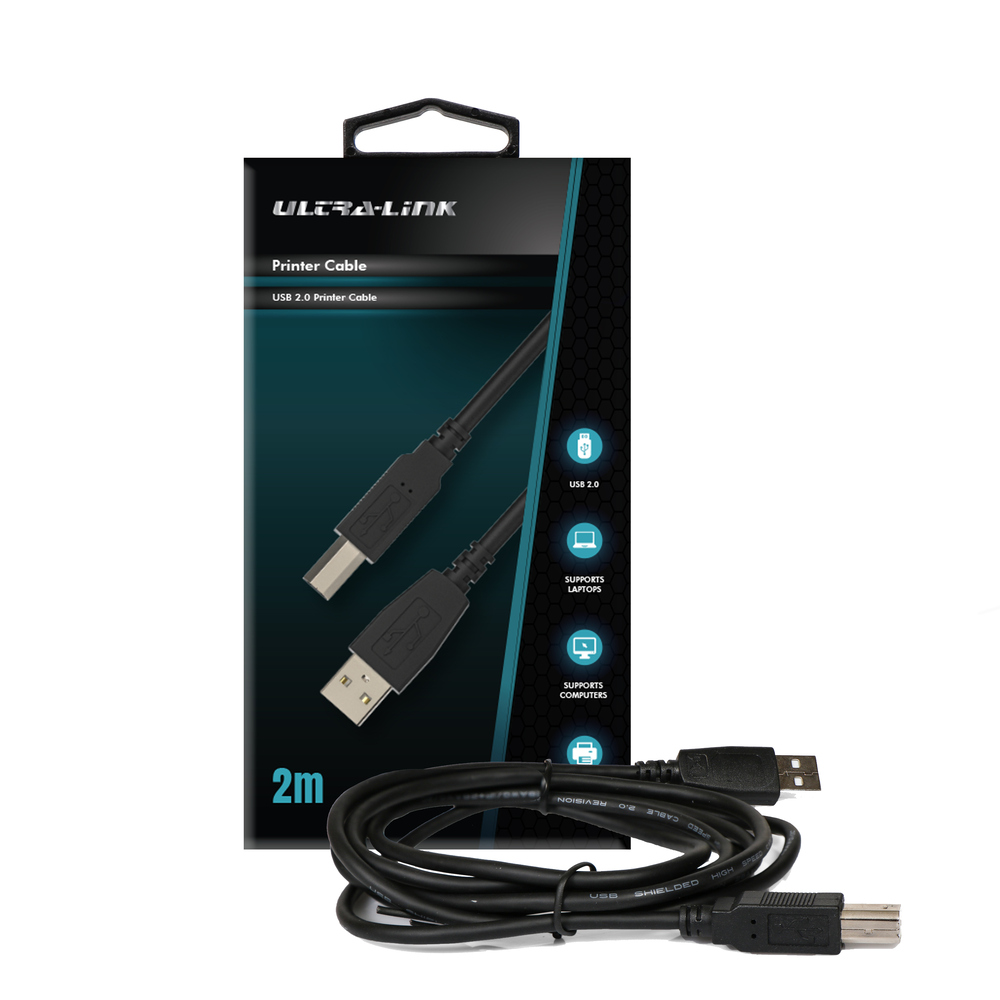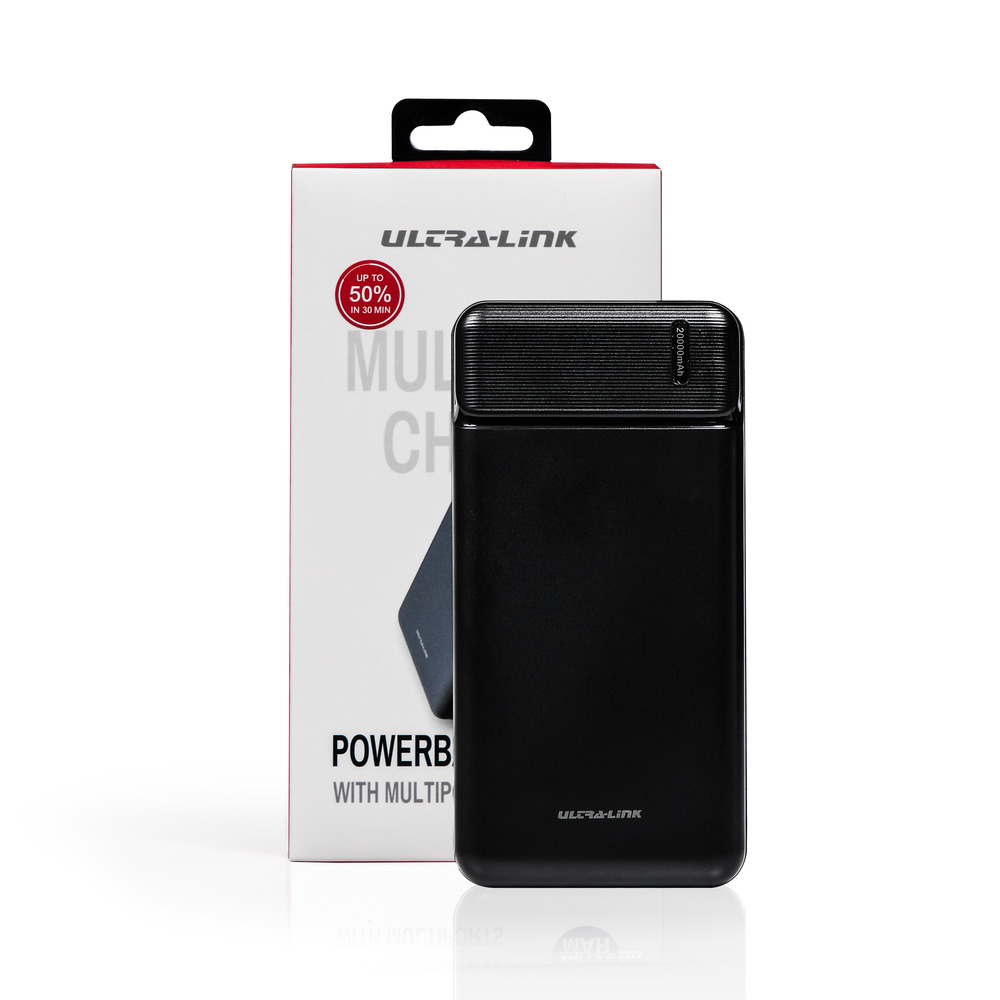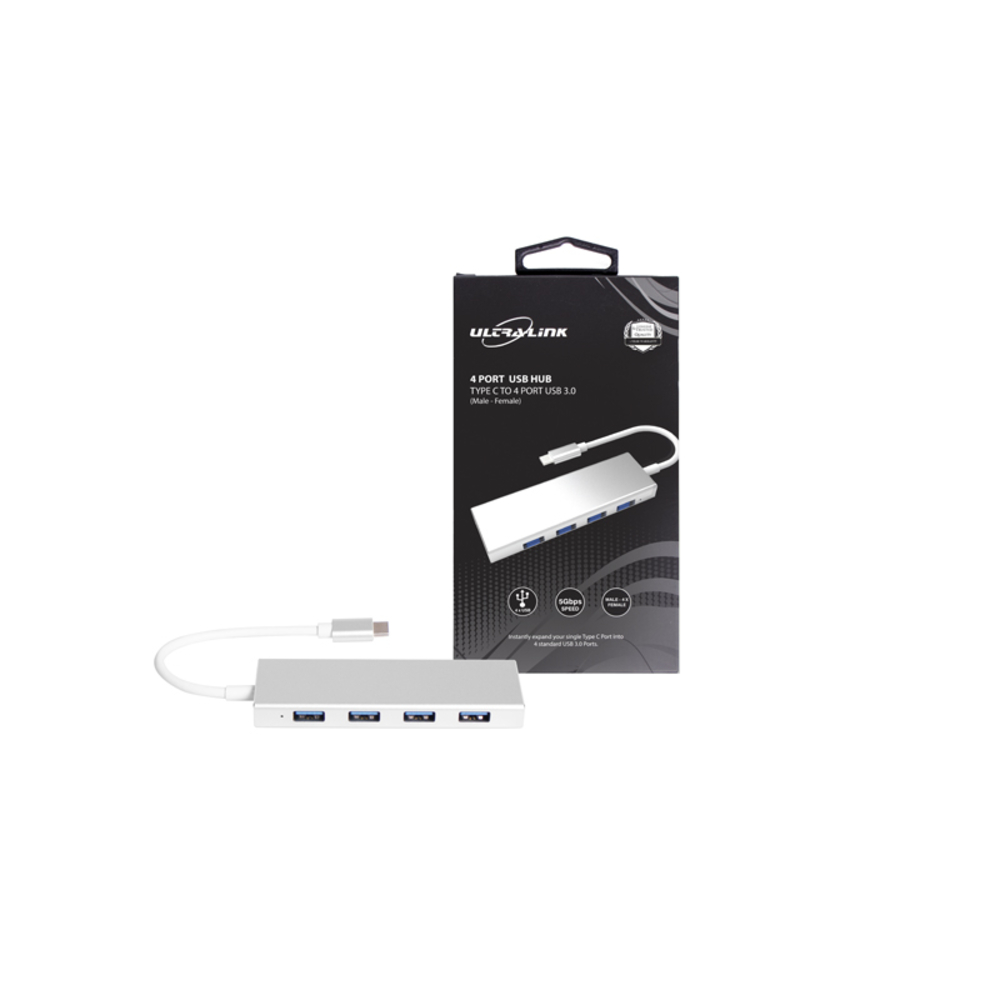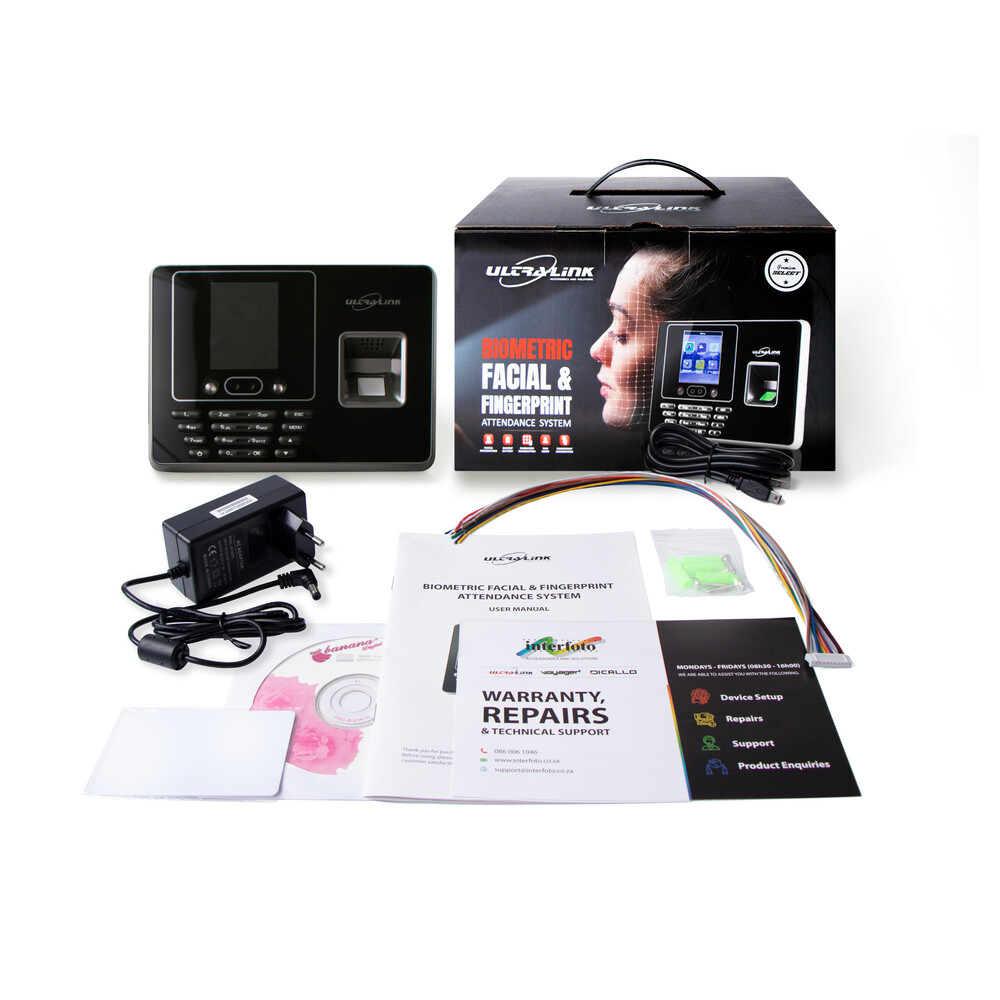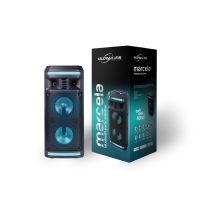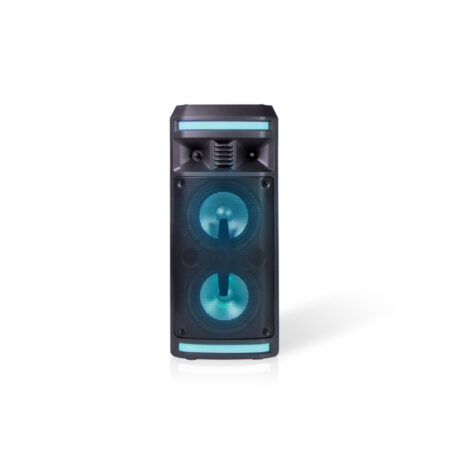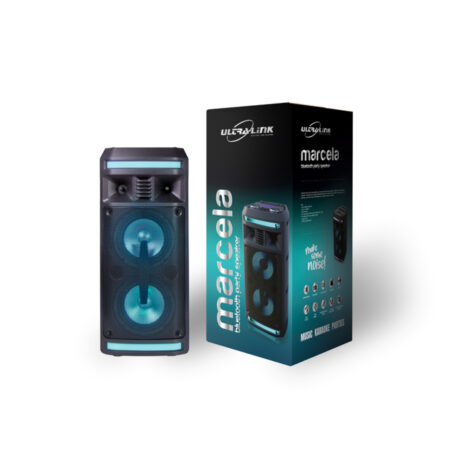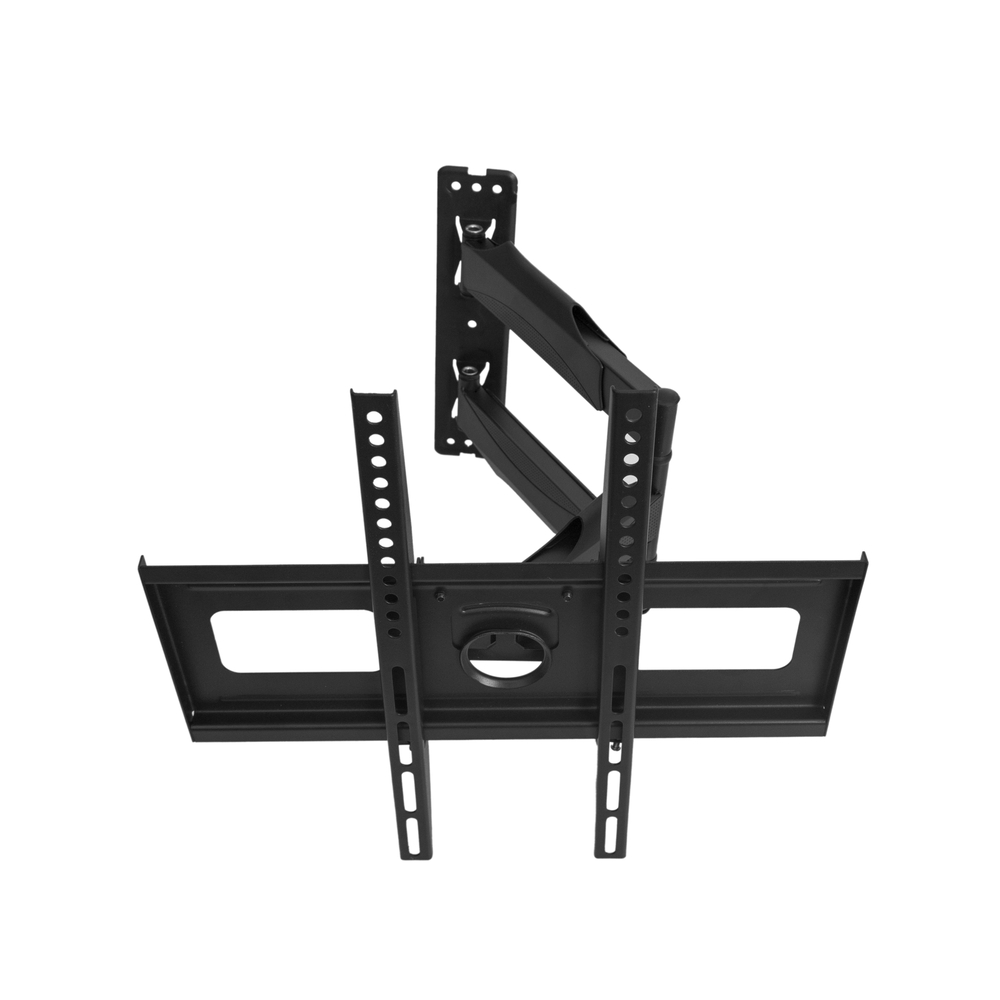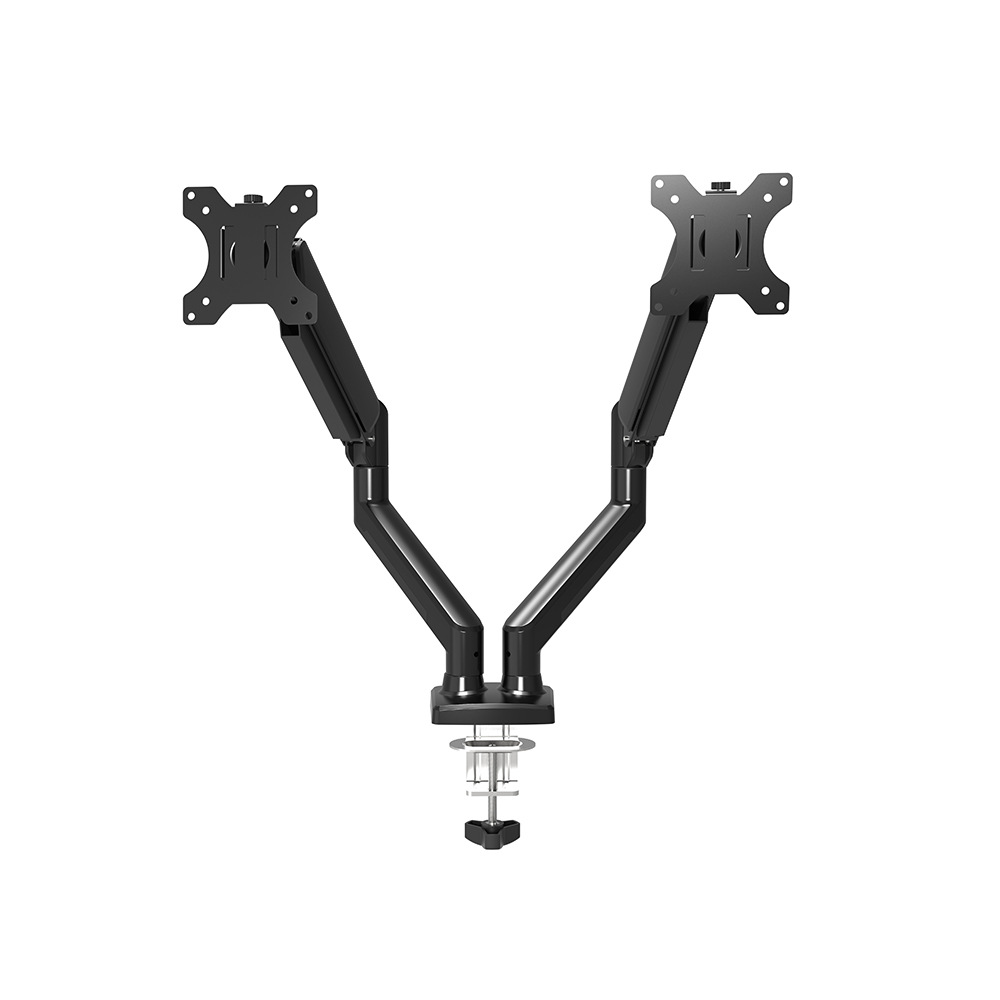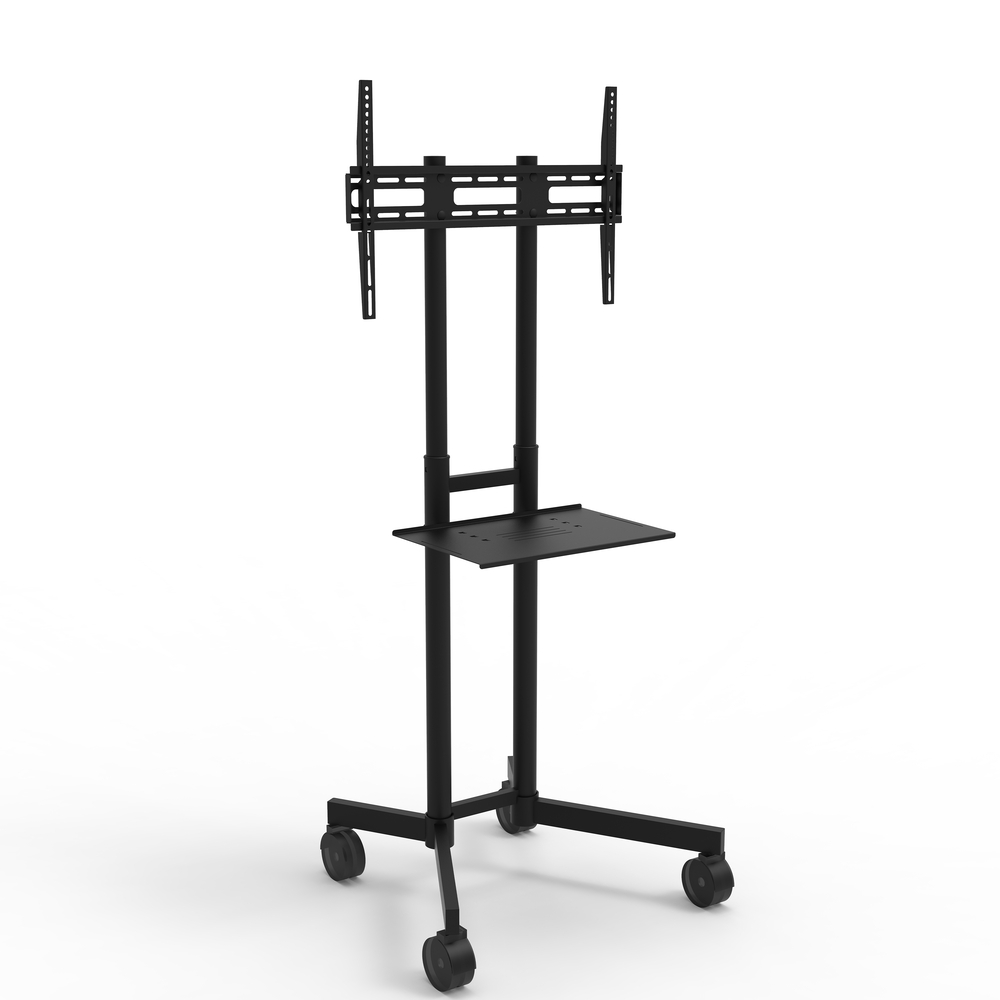Lumens or Brightness
The brightness of solar lights is primarily determined by lumens, which indicate the amount of light emitted by a bulb. This measurement is essential for assessing whether a particular light source will adequately illuminate your environment, whether it be a spacious backyard or a small, intimate garden nook. Solar lights come in various styles and intensities, catering to different lighting needs. Selecting the appropriate model involves evaluating the size of the area, determining the desired light distribution, and assessing the level of brightness required for that specific location. This can all be dependent on a particular setting or area, for instance, the lumens of a certain light can be powerful for large areas or delicate for tranquil outdoor spaces.
There are various types of lumens you’ll need for different settings or spaces which are namely; wall lights (50-200 lumens which is suitable for outdoor lighting for your home), floodlights (800+ lumens are perfect for wider and open areas that require a lot of light) and path/walk-way lights (100-250 lumens which are mainly used to light up your home walkways). Garden lights differ in terms of size and location. Smaller gardens ranging up to a maximum of 50 m² require lower lumens of 1600 to perfectly light up the space. Whereas, medium gardens ranging up to a maximum of 150 m² require a higher lumens of 2800 that will effectively lighten up your larger garden area entirely. Solar lights’ effectiveness depends on the amount of sunlight they absorb. On sunny days, they charge fully and emit maximum brightness. However, during cloudy or overcast conditions, they may not receive enough sunlight to operate optimally.
Lighting Options
The lighting options available on solar lights can be compared to the customizable settings found on a smartphone, allowing users to adjust brightness and functionality to create the desired atmosphere in their environment. Imagine having the ability to transition your outdoor lighting from a subtle ambience to a bright spotlight with just a click—it’s an incredibly convenient feature. If you’re planning a serene evening outdoors, activating the dim mode will provide a soothing and tranquil illumination. Conversely, if you need to take your dog out after dinner or wish to observe local wildlife, switching to a brighter flash mode will enhance visibility. Preferably, solar lights are equipped with a colour-changing feature, allowing you to select various hues that align with your mood or the specific occasion.
Solar Bulb Type & Size
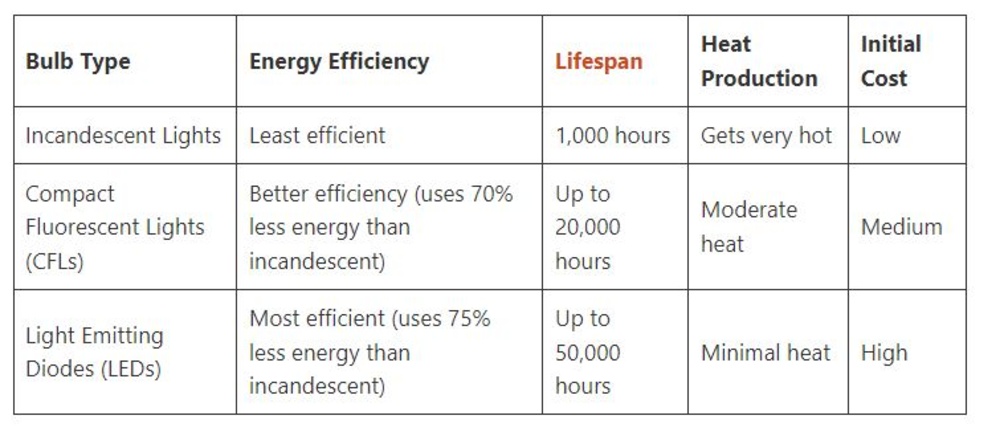
The choice of the right light bulb for solar lighting is crucial as it significantly influences the effectiveness and longevity of the light. With over twenty bulb options available, it’s essential to choose incandescent, compact fluorescent (CFL), and LED, which are the most commonly used types. For a whimsical garden atmosphere, use smaller C3 to C5 solar string lights for a charming glow. Larger C7 to C9 bulbs are needed for pathways or driveways. LEDs are preferred for their energy efficiency, durability, and coolness during installation or adjustments. For pathways or driveways, larger bulbs are necessary for more intense light. Generally, the favourable option would be LEDs due to their remarkable efficiency and durability. LED’s also have the ability to remain cool during operation which is a significant advantage, especially when installing or making adjustments in a garden setting. Lastly, LEDs are used for their outstanding energy efficiency and longevity. Furthermore, their low heat emission is particularly beneficial when it comes to installation or modifications in outdoor environments.
Solar Lights Panel Type
Solar lights utilize compact solar panels to transform sunlight into electrical energy; however, the quality of these panels can vary significantly. The selection of the panel directly influences the performance, longevity, and overall functionality of the lighting system. To maximize the benefits of your solar lights, it is essential to choose panels that exhibit high conversion efficiency, indicating their capability to effectively convert sunlight into power. Additionally, selecting robust panels designed to withstand various weather conditions, along with a reliable warranty, will help ensure their durability and extended lifespan.
The selection of solar panels significantly influences the performance, longevity, and overall functionality of your lighting system. Choosing the right type of panel is crucial for optimizing the benefits of your solar lights. To maximize the effectiveness of your solar lighting, it is essential to opt for panels that exhibit high conversion efficiency. This choice will ensure that your lights operate at their best, providing reliable illumination.
Battery Type & Capacity
The battery serves as the essential component of solar lights, functioning much like the heart of the system by ensuring optimal performance and reliability. Selecting the appropriate battery is crucial for enhancing the longevity of your solar lights, minimizing maintenance requirements, and ensuring consistent functionality over time. Various battery types are commonly utilized in solar lighting, such as lithium-ion, nickel-cadmium, nickel-metal hydride, and lead-acid, each possessing unique advantages and disadvantages. Therefore, the choice of battery should align with your specific requirements and usage conditions.
Another critical factor to consider is battery capacity, which is quantified in milliampere-hours (mAH). Generally, a higher mAH rating indicates a longer duration between charges; however, it also results in extended charging periods. This consideration is particularly significant during winter months when daylight hours are limited for charging. Additionally, the number of LEDs in your solar light string impacts power consumption; for instance, a string with 30 LEDs will deplete the battery more rapidly than one with only 10. As a guideline, it is advisable to aim for at least one hour of sunlight to achieve one hour of light output, ensuring a proper balance between charging time and lighting requirements.

Weather Resistance and Durability
Solar lights are designed for outdoor use, necessitating durability to withstand challenging weather conditions. Utilizing materials such as stainless steel, ABS plastic, and cast aluminum ensures that these lights are not only robust but also resistant to corrosion and wear, which is essential for products exposed to the elements continuously. In addition to using resilient materials, effective weatherproofing is crucial for solar lights. The IP rating is an important indicator of a light’s ability to endure various weather scenarios, from light rain to complete submersion. For gardens that may experience significant water accumulation during storms or proximity to water bodies, selecting lights with a minimum IPX6 rating is advisable, as this level of protection guarantees that the fixtures can withstand increased moisture without malfunctioning.
In many garden settings, an IPX4 rating is typically sufficient, as it provides adequate protection for your lighting against rain and minor splashes. This level of waterproofing allows your lights to function effectively in most weather conditions. However, if your garden frequently resembles a pond during heavy storms or is situated near large bodies of water, it is advisable to opt for a minimum of an IPX6 rating. This enhanced level of protection guarantees that your lights can withstand increased moisture levels without any flickering or malfunctioning.
The Ideal Solar Light
Selecting the ideal solar wall lights for your residence requires an assessment of various elements, including the efficiency of the solar panel, the intensity of the light, battery capacity, durability, ease of installation, aesthetic design, and warranty options. By thoroughly analyzing these factors, you can identify solar wall lights that fulfill your illumination requirements while simultaneously improving the aesthetic appeal and safety of your outdoor environment.


